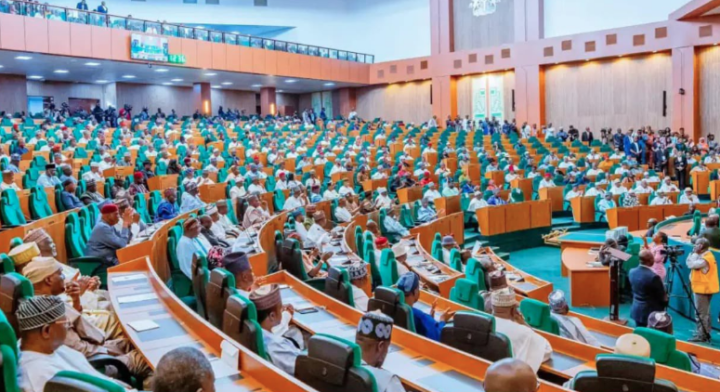AI and Critical Infrastructure Policy secures America's Economic Edge
an abstract representation of solving problems using artificial intelligence to increase reliability ... More and reduce losses and accidents during the transmission of electrical energy
gettyThe world stands on the precipice of a technological and economic revolution built on the power of artificial intelligence. Rapid advancements in machine learning over the past few years have opened up new avenues for innovation and growth. Already, AI technologies are driving incredible discoveries and advancements in fields like medicine, computer science and manufacturing, and they show no sign of slowing down anytime soon.
A technology with this much transformative potential will shift the geopolitical balance of power in favor of the countries that move quickest to adopt it. That potential shift has significant implications for U.S. economic security and global competitiveness. Many countries, including major powers like China and India, as well as emerging economies around the world, are investing big in AI and AI infrastructure, and America’s position as an innovation leader depends on our strategic response.
That response demands substantial investment in the critical infrastructure, especially data centers and the associated resources, that powers today’s modern technologies.
The technology industry continues to deliver more efficient products and services in support of artificial intelligence, but those applications and solutions need significant resources and infrastructure to achieve their full potential. They require access to significant computational power, alongside comprehensive data storage, and consistent, robust sources of energy. While efforts to build up the United States’ AI infrastructure are already underway, a significant infrastructure gap, coupled with a fragile supply chain, still threatens its long-term competitive position.
In the U.S., bridging this divide presents some formidable challenges. Encouraging infrastructure growth is a delicate and complicated process, requiring buy-in and cooperation from many actors in both the private and public spheres. To build even a single data center, a developer must consider physical location, access to sufficient energy and water, zoning provisions, and regulatory compliance on multiple governmental levels. Each of those considerations is addressed uniquely every time a data center is built, making large-scale solutions exponentially more difficult.
The growth of the U.S. economy hinges on the pivotal role U.S. lawmakers play as facilitators. Industry leaders possess the technical expertise and market insights that legislators often lack when drafting complex regulatory frameworks. These corporate stakeholders have firsthand experience with innovation obstacles, implementation challenges, and competitive realities that can make or break policy effectiveness. By bringing this specialized knowledge to the table, industry experts can help lawmakers craft regulations that address legitimate concerns while preserving the flexibility and incentives necessary for continued economic advancement.
Through ongoing engagement with policymakers, the tech industry has worked to develop this essential partnership, such as in this recent response to an official Request for Information from the Department of Energy. The Department of Energy’s approach of working with industry to identify how federal facilities can be used to accelerate the construction of AI Infrastructure exemplifies the cross-sector collaboration necessary to take U.S. AI infrastructure to the next level.
In addition to knowledge sharing between industry and government, the path forward for U.S. AI leadership will require a multi-pronged approach to address the following:
The stakes could not be higher. Nations that successfully build robust AI infrastructure will enjoy outsized economic advantages, enhanced security capabilities, and global influence into the foreseeable future. Only through thoughtful policy, strategic investment, and unprecedented collaboration between government, industry, and communities, will the United States maintain its technological leadership while ensuring the benefits of AI reach all Americans.
The AI revolution is not merely technological but fundamentally social and economic in nature. By building the physical and human infrastructure needed to harness AI's potential, the United States can usher in a new era of prosperity and innovation — one that reinforces America's leadership while addressing our most pressing challenges. The future belongs to those who prepare for it today.










